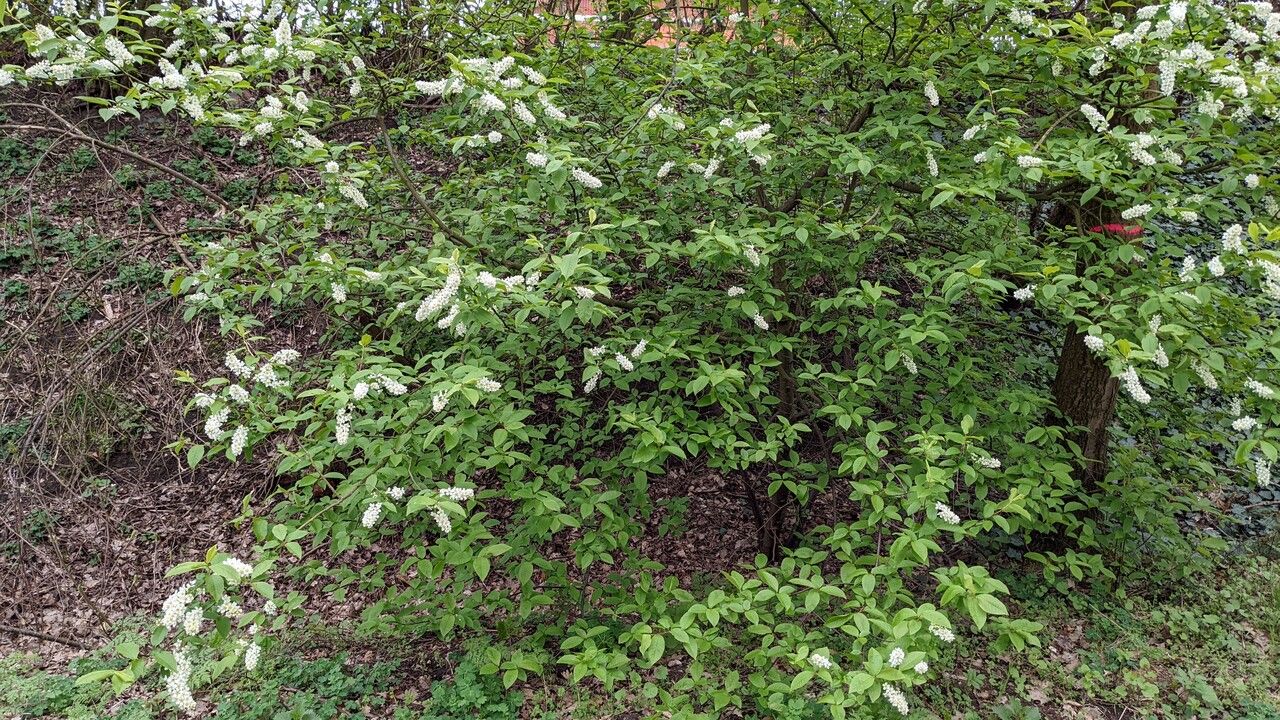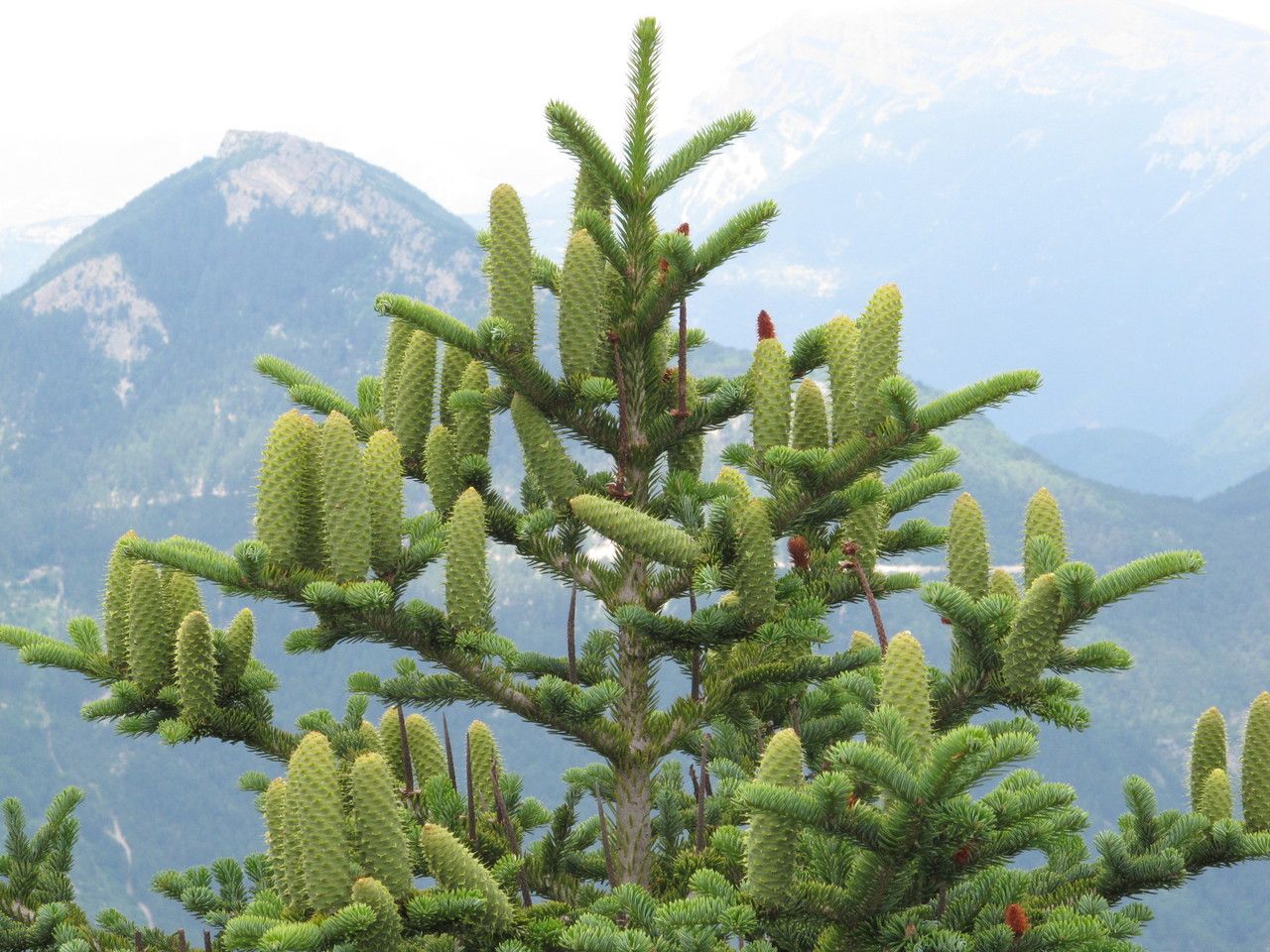### European Bird Cherry: A Delightful Addition to Your Garden
The European Bird Cherry ( *Prunus padus*), a member of the Rosaceae family, is a charming small tree renowned for its elegant form and fragrant white flowers. This native of Europe and Asia is a welcome sight in many gardens, attracting pollinators and providing a beautiful display throughout the seasons. Its delicate blossoms in spring give way to clusters of dark, glossy berries, providing sustenance for birds and other wildlife. This makes it a perfect choice for those looking to create a biodiverse and thriving garden ecosystem.
### Habitat and Growth
European Bird Cherries thrive in a variety of conditions, making them relatively adaptable. They prefer full sun to partial shade and are tolerant of various soil types. However, they perform best in moist, well-drained soil, rich in organic matter. While adaptable, avoiding overly dry or waterlogged conditions is crucial for optimal growth and health. They can reach heights of up to 10-15 meters, making them a significant presence in any landscape but easily pruned to maintain a smaller size.
### Planting and Care
Planting a European Bird Cherry is straightforward. Choose a location that suits its sunlight and soil preferences. Dig a hole twice the width and depth of the root ball. Gently remove the plant from its container, ensuring not to damage the roots. Place it in the hole, backfill with soil, and water thoroughly. Regular watering, especially during dry periods, is essential, especially in the first year after planting. Fertilization is generally not necessary, as it's not a heavy feeder. Pruning can be done in late winter or early spring to remove dead or damaged branches and maintain shape and size.
### Identifying Features
The European Bird Cherry is easily recognizable by its distinctive features. In spring, it produces pendulous racemes of fragrant, white flowers. The flowers are followed by small, dark purplish-black berries which hang in long clusters. The leaves are oval-shaped with finely serrated edges and are typically 5-12 cm long. The bark is smooth and dark gray when young, developing horizontal lenticels as it matures. Keep an eye out for these key characteristics when identifying this beautiful tree in your garden or the wild.
### Wildlife Attraction
Beyond its aesthetic appeal, the European Bird Cherry plays a vital role in supporting wildlife. The abundant blossoms provide nectar and pollen for bees and other pollinators. The berries are a crucial food source for various bird species during the autumn and winter months, hence its name. This makes it a highly valuable addition to any wildlife-friendly garden.
### Potential Challenges
While relatively hardy, the European Bird Cherry can be susceptible to certain pests and diseases. Leaf-spot diseases can be a problem, particularly in humid conditions. Proper spacing of plants and ensuring good air circulation can help mitigate the risk. Monitoring for signs of pests and diseases and taking prompt action are important aspects of care.
### Conclusion
The European Bird Cherry is a versatile and beautiful tree that offers much to both gardeners and wildlife. Its stunning flowers, dark berries, and overall hardiness make it a worthy addition to any landscape seeking a blend of aesthetics and environmental benefit. Consider adding this charming tree to your garden and enjoy its year-round beauty and ecological contributions.
European Bird Cherry: Planting, Care & Guide

Frequently Asked Questions
How to grow a European Bird Cherry tree?
Plant in full sun to partial shade in moist, well-drained soil. Water regularly, especially during the first year. Pruning can be done in late winter or early spring.
What are the best soil conditions for a European Bird Cherry?
European Bird Cherries prefer moist, well-drained soil rich in organic matter. They are tolerant of various soil types but avoid overly dry or waterlogged conditions.


